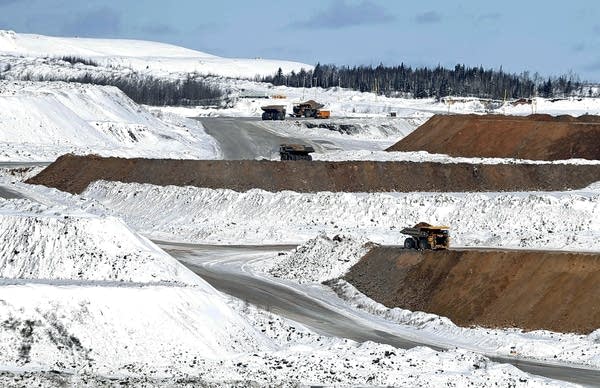Three questions facing MN in wake of steel, aluminum tariffs

In this photo taken Feb. 9, 2016, the Hull-Rust Mahoning Mine, is seen from the overlook in Hibbing, Minn.
Jim Mone | AP 2016
Go Deeper.
Create an account or log in to save stories.
Like this?
Thanks for liking this story! We have added it to a list of your favorite stories.


